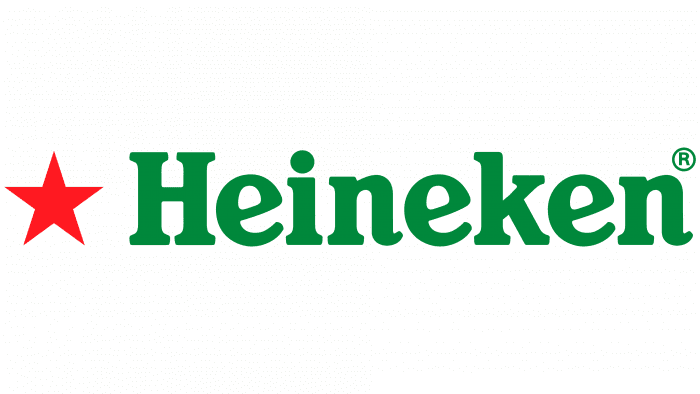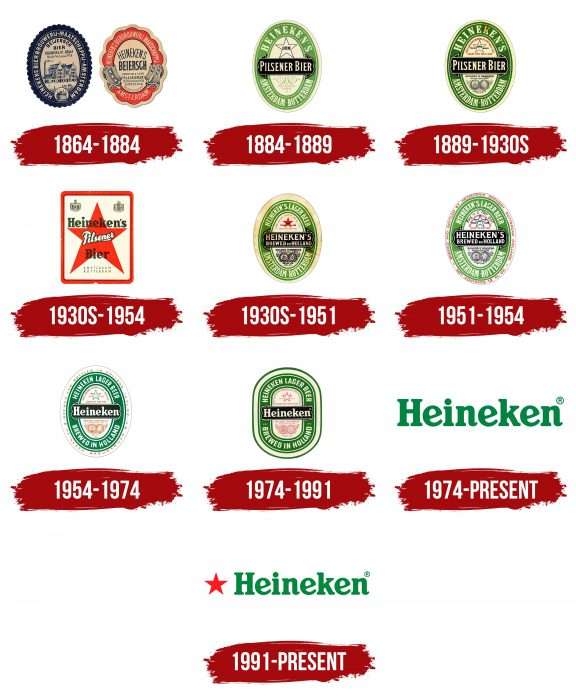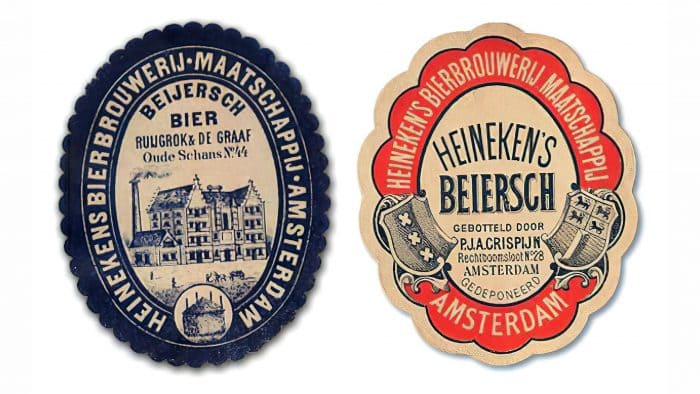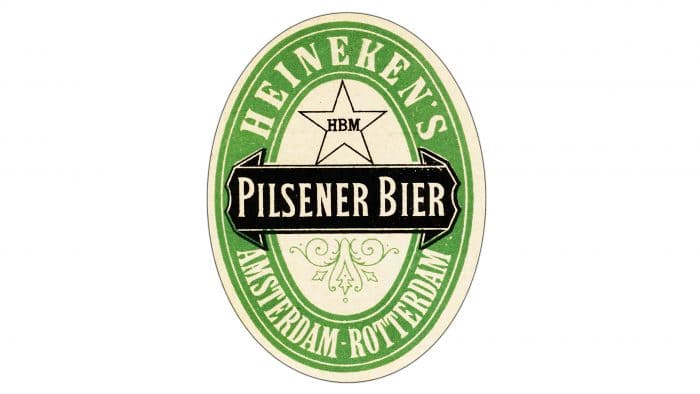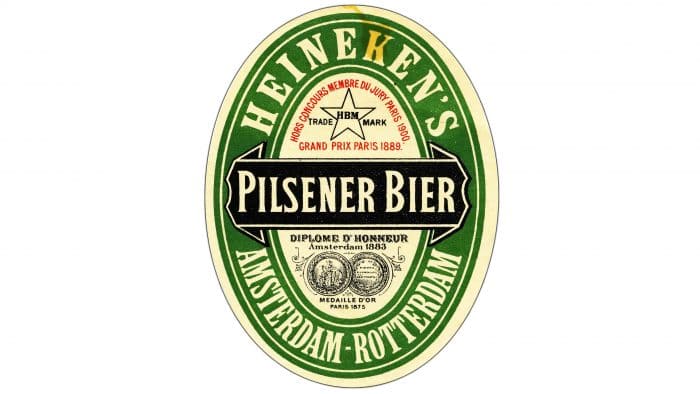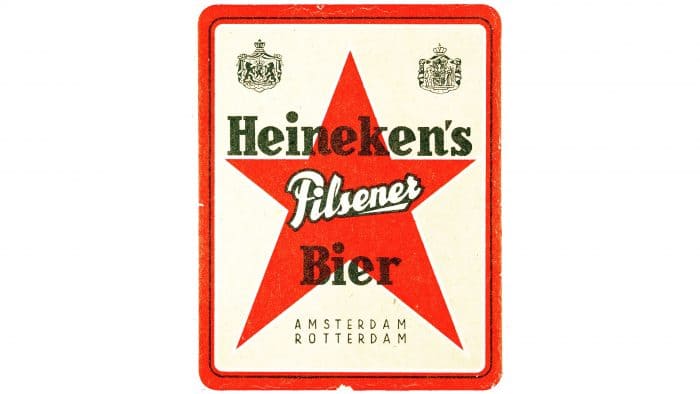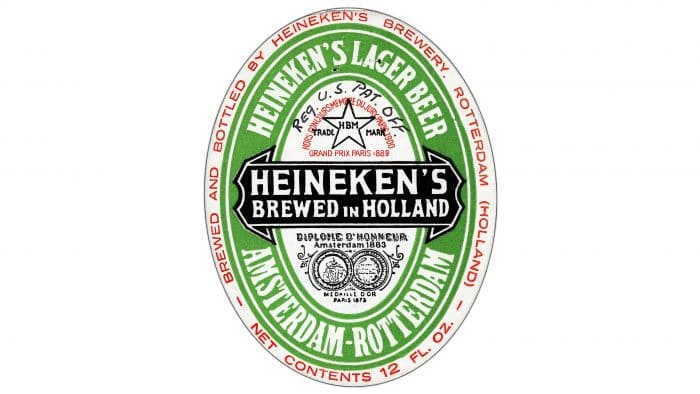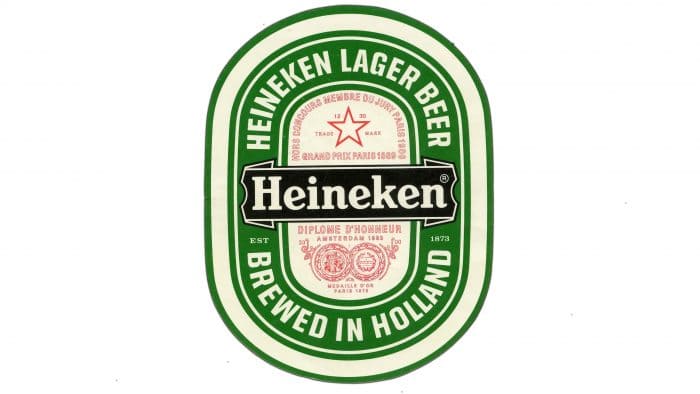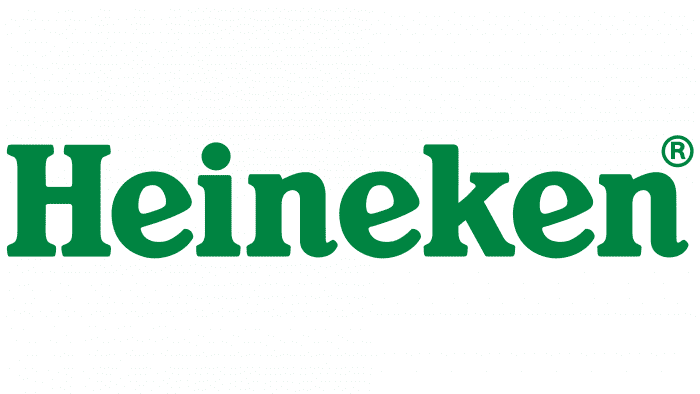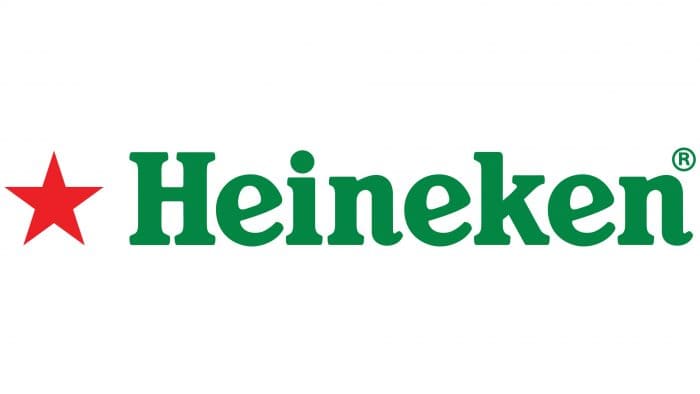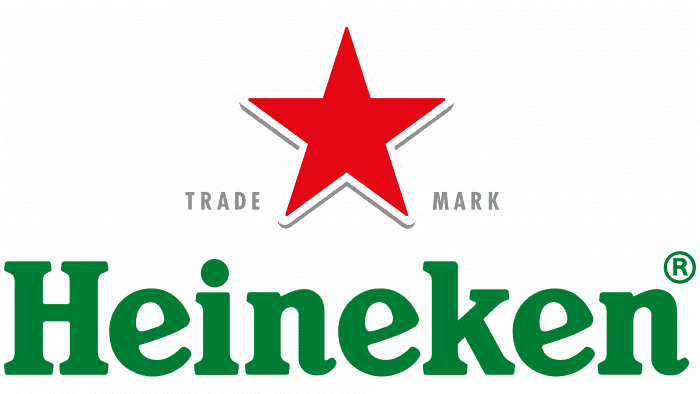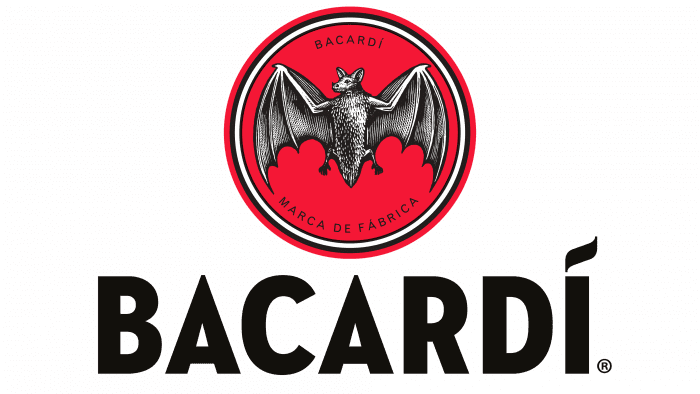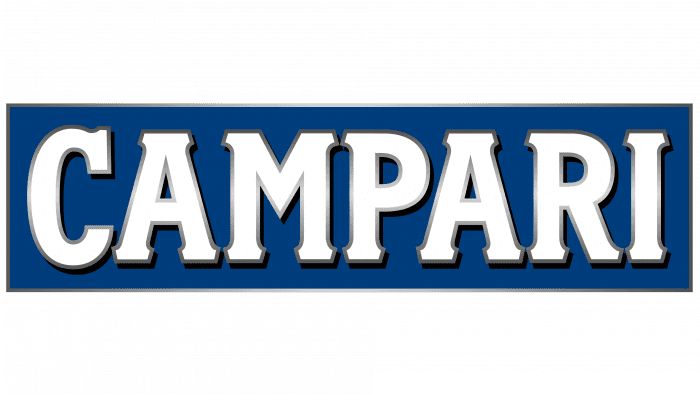Leadership is evident in the beer logo. The company outperforms its competitors in many ways. The Heineken logo emphasizes the most important of them: the richness of the drink and the use of only natural ingredients. Thanks to this, the product turns out soft to the taste and pleasant to the touch.
Heineken: Brand overview
Heineken is an international beer brand. It belongs to the Dutch concern Heineken N. V., the history of which begins in 1864. In the second half of the XIX century, the entrepreneur Gerard Adrian Heineken acquired the brewery De Hooiberg. It passed by inheritance from father to son and then to grandson. As the company developed, it absorbed its main competitors in different countries and eventually became the second-largest beer producer in the world.
Meaning and History
The founder of the modern logo can be considered Alfred Henry (Freddy) Heineken, who first worked as an advertising manager and then became the CEO. He oversaw all design changes and made revisions. He managed to immortalize his family name, turning it into a famous brand.
What is Heineken?
Heineken Lager Beer is a brand of strong alcoholic beverage with a strength of 5%. It belongs to the Dutch company Heineken N.V., which went from an Amsterdam brewery to the leader of the alcohol market. The key ingredient of the beer is “Heineken A-yeast” yeast, bred by a student of French microbiologist Louis Pasteur in 1886, and production of Heineken lager beer began in 1864.
1864 – 1884
The first version of the emblem has not survived. It is believed that it served as a model for the next trademark, and there is no exact information about what it looked like.
1884 – 1889
In 1884, the legendary oval logo appeared on Heineken beer bottles. It was divided into three parts:
- A white center with artistic ornamentation and a five-pointed star containing the abbreviation “HBM.”
- A green border with the inscription “HEINEKEN’S AMSTERDAM-ROTTERDAM.”
- A horizontal black ribbon that marked the product name: “PILSENER BIER.”
1889 – the 1930s
After a slight redesign, the colors took on cooler shades. In the upper half of the oval red inscriptions, “GRAND PRIX PARIS 1889”, “HORS CONCOURS MEMBRE DU JURY PARIS 1900,” and “TRADEMARK” appeared. The figural ornament was replaced by two medals supplemented by the inscriptions “DIPLOME D’HONNEUR AMSTERDAM 1883” and “MEDAILLE D’OR PARIS 1875”.
1930 – 1954 (Dutch version)
Beers sold in the Netherlands before 1954 used a rectangular emblem with rounded corners. In the center was a large five-pointed red star. To the right and left of the upper ray were two old coats of arms. Across the star were the words HEINEKEN’S, PILSENER, and BIER. Below it was “AMSTERDAM ROTTERDAM”.
1930 – 1951 (international version)
From 1930 to 1951, everywhere except the Netherlands, bottles were decorated with an oval logo. It was a revised version of the trademark that had appeared as early as 1889. Its main difference is the new inscriptions “HEINEKEN’S LAGER BEER” and “HEINEKEN’S BREWED IN HOLLAND.” The former is at the top of the green frame, the latter on a black cross ribbon. The star in the upper half of the oval has turned red.
1951 – 1954 (international version)
In 1951, the designers finalized the previous emblem, adding a white frame. Moreover, they managed to fit in the whole text: “BREWED AND BOTTLED BY HEINEKEN’S BREWERY. ROTTERDAM (HOLLAND) – NET CONTENT 12 FL. OZ.” in red. The star became white again to avoid association with communism.
1954 – 1974
In 1954, the brewery introduced an oval logo with the word “Heineken” on a black horizontal ribbon. All letters except the first were lowercase. Freddy Heineken wanted the label to be credible, so he chose a rounded font.
1974 – 1991
In the mid-1970s, designers changed the shape of the emblem, making the oval flatter. Also, some lettering was removed, the band with the name of the concern was enlarged, and the outer white border was circled with a green band.
1991 – today
The brand moved into the new century with a minimalist logo consisting only of the word “Heineken” and a red five-pointed star.
Heineken: Interesting Facts
Heineken, a top beer brand known worldwide, was started in 1864 by a 22-year-old named Gerard Adriaan Heineken in Amsterdam. He bought a brewery and laid the foundation for what Heineken is today.
- Early Days: Gerard introduced refrigeration to brewing, ensuring consistent beer quality.
- Unique Taste: Thanks to the A-yeast found by Dr. H. Elion, a student of Louis Pasteur, Heineken’s beer got its distinct flavor. This yeast is still a key ingredient.
- Global Presence: Heineken has become a global powerhouse from a local brewery. It is available in over 170 countries with over 165 breweries.
- Diverse Portfolio: Heineken owns over 300 beer and cider brands, including Amstel and Sol, offering a wide variety.
- Green Efforts: Aiming to be carbon-neutral by 2040, Heineken focuses on saving water, lowering CO2 emissions, and using sustainable resources.
- James Bond Connection: Since 1997, Heineken has been featured in James Bond movies, marking one of the most famous marketing partnerships.
- Packaging Innovations: The brand introduced the aluminum bottle and found new ways to reuse its iconic green bottles.
- Heineken Experience: The original brewery in Amsterdam is now a museum and attraction, offering tours, history, and beer tasting.
- Awards: Winning the Grand Prix at the 1889 Paris Exposition, Heineken has been recognized internationally for its quality.
- Formula 1 Sponsor: As a major sponsor, Heineken promotes safe drinking while reaching a global audience through Formula 1.
- Family-Owned: Although publicly traded, the Heineken family still has a significant share, keeping the brand’s long-term quality and values.
Heineken’s journey from a local brewery to a global brand is a story of innovation, quality, and environmental commitment.
Font and Colors
The brand’s recognizable name is one of the factors behind Heineken’s global success. It has always been oval, except for the Dutch version from 1930-1954. The basic elements – a black ribbon, a five-pointed star, quality marks, and numerous inscriptions – adorned beer bottle labels for about 127 years. Everything changed in 1991, when designers removed unnecessary details, leaving only the star and the name of the company.
The modern version of the logo formed the basis of the Heineken Serif corporate font with a characteristic beveled letter e. It was developed by the design firm Eden on the basis of the Horizon font. The palette includes three colors: green, white, and red.
Heineken color codes
| Red | Hex color: | #ed1c24 |
|---|---|---|
| RGB: | 237 28 36/td> | |
| CMYK: | 0 88 85 7 | |
| Pantone: | PMS Bright Red C |
| Philippine Green | Hex color: | #048743 |
|---|---|---|
| RGB: | 4 135 67 | |
| CMYK: | 97 0 50 47 | |
| Pantone: | PMS 355 C |
FAQ
What does the Heineken logo represent?
Heineken currently uses two logos. The first, created in 1974, is a green brand name written in bold letters with rounded serifs. All three letters “e” are slightly slanted. In the second version, introduced in 1991, the word mark is supplemented by a red five-pointed star. It is located on the right side and symbolizes the brewing tradition.
Why is the Heineken logo green?
The brewing company started using green color on the label in the century before, but only in 1954 did it acquire a modern shade known as Heineken Green and approach the color of the bottle glass. You could say it is as traditional an element of the Heineken identity as the red five-pointed star. Green symbolizes calmness, trust, and naturalness.
